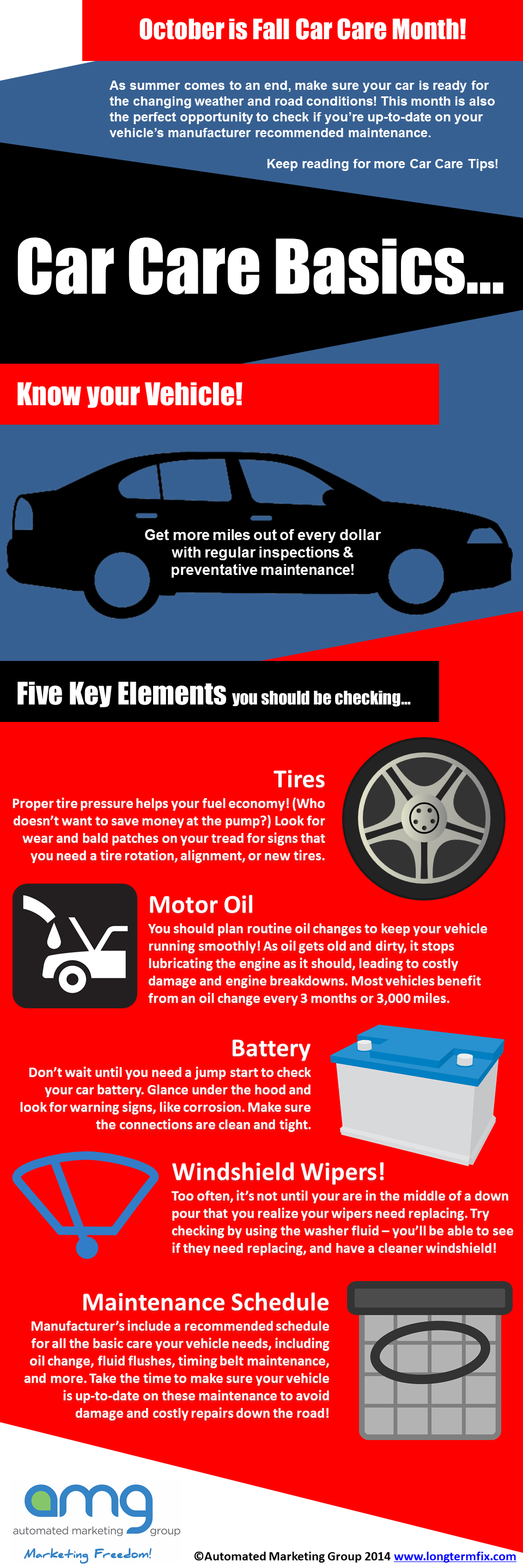Seeking Clarity On The Warning Lights Showed On Your Automobile'S Control Panel? Discover Just How They Connect To Your Lorry'S Health And Wellness
Seeking Clarity On The Warning Lights Showed On Your Automobile'S Control Panel? Discover Just How They Connect To Your Lorry'S Health And Wellness
Blog Article
Article Writer-Hartley Shepherd
When you're behind the wheel, those radiant warning lights on your dashboard can be a little bit puzzling. Do you recognize what they're attempting to tell you about your automobile's wellness? Comprehending the importance of these lights is crucial for your security and the longevity of your car. So, the next time among those lights turns up, wouldn't you want to decipher its message precisely and take the necessary actions to address it?
Common Warning Lights and Interpretations
Identify usual warning lights in your car and understand their definitions to ensure safe driving.
One of the most typical warning lights include the check engine light, which signifies problems with the engine or emissions system. If this light comes on, it's critical to have your automobile inspected quickly.
mouse click the next document alerting light suggests reduced oil pressure, requiring prompt attention to stop engine damages.
A flashing battery light might suggest a defective charging system, potentially leaving you stranded otherwise dealt with.
The tire stress monitoring system (TPMS) light informs you to reduced tire stress, influencing lorry stability and gas performance. Neglecting this might lead to hazardous driving conditions.
The abdominal muscle light suggests a problem with the anti-lock stopping system, jeopardizing your capacity to stop quickly in emergencies.
Lastly, the coolant temperature alerting light warns of engine getting too hot, which can lead to severe damage otherwise dealt with swiftly.
Recognizing these usual caution lights will aid you attend to concerns without delay and keep risk-free driving conditions.
Relevance of Prompt Focus
Recognizing the usual caution lights in your cars and truck is just the first step; the relevance of immediately addressing these cautions can't be stressed sufficient to ensure your safety and security when traveling.
When a warning light brightens on your control panel, it's your auto's means of connecting a potential concern that requires attention. Overlooking these warnings can lead to much more serious troubles later on, compromising your safety and security and possibly costing you more out of commission.
Motivate interest to cautioning lights can protect against breakdowns and mishaps. For example, a blinking check engine light could indicate a misfire that, if left unattended, can cause damages to the catalytic converter. Resolving this immediately can save you from a pricey repair.
In a similar way, a brake system cautioning light might signal low brake liquid or worn brake pads, critical parts for your security when driving.
DIY Troubleshooting Tips
If you see a caution light on your dashboard, there are a couple of do it yourself repairing tips you can try before looking for professional aid.
https://brakepads62839.madmouseblog.com/12573940/mobile-vehicle-outlining-ease-fulfills-top-quality-for-your-car is to consult your vehicle's manual to comprehend what the details caution light indicates. In some cases the issue can be as basic as a loosened gas cap setting off the check engine light. Tightening the gas cap might resolve the problem.
Another usual concern is a low battery, which can trigger various warning lights. Examining the battery links for deterioration and ensuring they're safe may deal with the problem.
If a caution light persists, you can attempt resetting it by separating the auto's battery for a couple of minutes and afterwards reconnecting it. Additionally, examining your lorry's fluid levels, such as oil, coolant, and brake liquid, can aid fix alerting lights connected to these systems.
Final thought
To conclude, understanding your cars and truck's warning lights is important for keeping your vehicle running smoothly and safely. By promptly dealing with these informs and knowing what they imply, you can stay clear of pricey repair work and possible malfunctions.
Keep in mind to consult your automobile's handbook for specific information on each alerting light and do something about it appropriately to ensure a trouble-free driving experience.
Keep informed, remain safe on the road!
